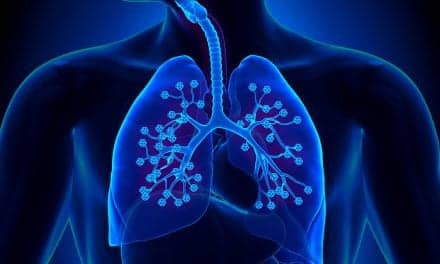A new test for tuberculosis (TB) could dramatically improve the speed and accuracy of diagnosis for one of the world’s deadliest diseases, enabling health care providers to report results to patients within minutes, according to a study published this week in the journal Angewandte Chemie.
Jeffrey Cirillo, PhD, professor at the Texas A&M Health Science Center College of Medicine, in collaboration with GBDbio, a Texas A&M spinoff company, and investigators at Stanford University, have identified a new chemical compound to spot the bacteria that cause TB with a level of sensitivity that currently takes months to produce; and results of the first human clinical trial data are promising. Findings show the test can determine that a patient has tuberculosis with 86 percent sensitivity and 73 percent specificity. Smear microscopy, the most widely used test in the world, has a significantly lower ability to detect TB, ranging between 50 to 60 percent sensitivity.
Although preventable, TB claims three lives every minute, making it the second leading cause of mortality from an infectious disease in the world. Spread through the air when an individual with active TB infection coughs or sneezes, reports show that if left untreated, a person with active TB infects an average of 10 to 15 people each year, leaving a great need for faster, more reliable testing.
Cirillo’s latest breakthrough perfects the technology behind the test. Using a fluorescent substrate, the device targets BlaC –an enzyme produced by the bacteria that cause TB – as an indicator of the bacteria’s presence. Until now, it has not been possible to target a specific TB enzyme for diagnosis.
Once sputum samples are combined with the reactive substance, a battery-powered, portable tabletop device, the TB REaD, is then used to detect any fluorescence and deliver the diagnosis in as little as 10 minutes.
“It’s simple. Take a sputum sample, treat it with the solution and put it inside the reader,” Cirillo said. “A camera inside looks for a reaction between the sample and solution that produces light. No light, no infection.”









